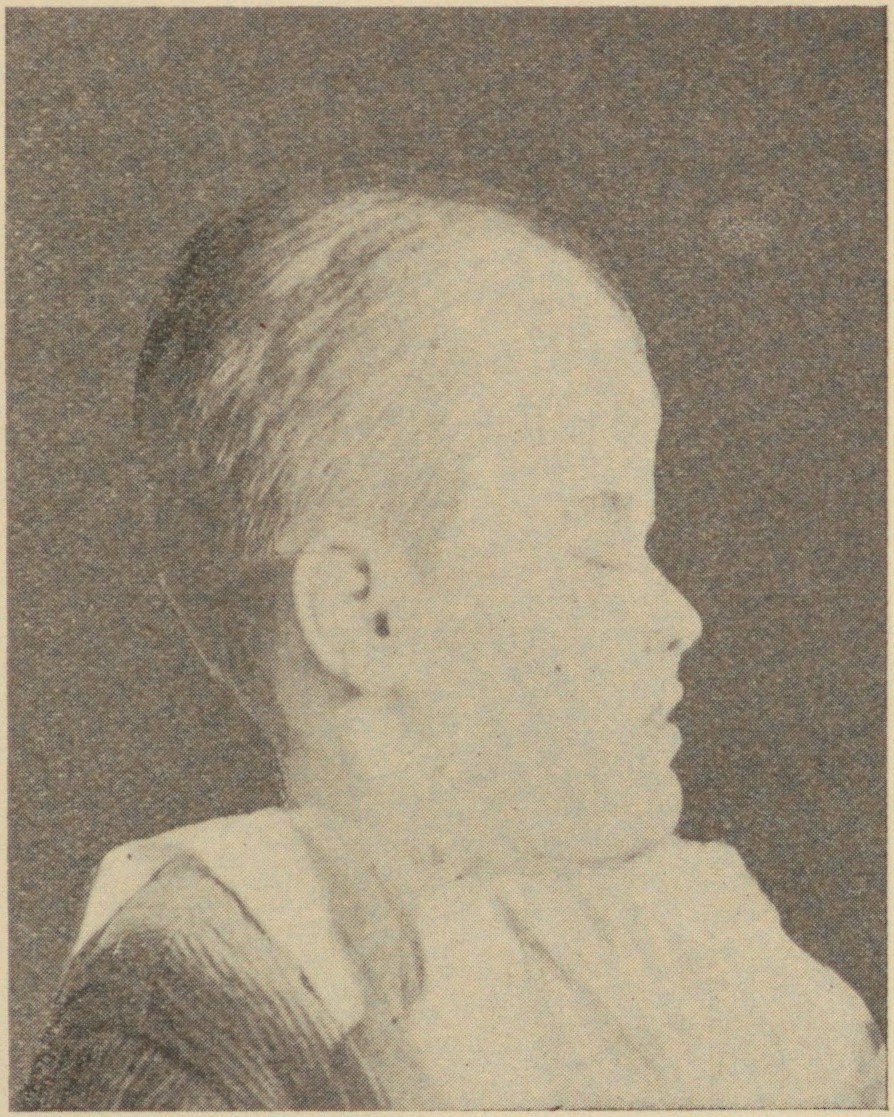Turricephaly on:
[Wikipedia]
[Google]
[Amazon]

 Turricephaly is a type of
Turricephaly is a type of
NINDS Overview
*

 Turricephaly is a type of
Turricephaly is a type of cephalic disorder
Cephalic disorders () are congenital conditions that stem from damage to, or abnormal development of, the budding nervous system.
Cephalic disorders are not necessarily caused by a single factor, but may be influenced by hereditary or genetic c ...
where the head appears tall with a small length and width. It is due to premature closure of the coronal suture
The coronal suture is a dense, fibrous connective tissue joint that separates the two parietal bones from the frontal bone of the skull.
Structure
The coronal suture lies between the paired parietal bones and the frontal bone of the skull. ...
plus any other suture, like the lambdoid, or it may be used to describe the premature fusion of all sutures. It should be differentiated from Crouzon syndrome
Crouzon syndrome is an autosomal dominant genetic disorder known as a branchial arch syndrome. Specifically, this syndrome affects the first branchial (or pharyngeal) arch, which is the precursor of the maxilla and mandible. Since the branchial ...
. Oxycephaly (or acrocephaly) is a form of turricephaly where the head is cone-shaped, and is the most severe of the craniosynostoses
Craniosynostosis is a condition in which one or more of the fibrous sutures in a young infant's skull prematurely fuses by turning into bone (ossification), thereby changing the growth pattern of the skull. Because the skull cannot expand perpe ...
.
Presentation
Common associations
It may be associated with: * 8th cranial nerve lesion *Optic nerve
In neuroanatomy, the optic nerve, also known as the second cranial nerve, cranial nerve II, or simply CN II, is a paired cranial nerve that transmits visual information from the retina to the brain. In humans, the optic nerve is derived fro ...
compression
* Intellectual disability
Intellectual disability (ID), also known as general learning disability in the United Kingdom and formerly mental retardation, Rosa's Law, Pub. L. 111-256124 Stat. 2643(2010). is a generalized neurodevelopmental disorder characterized by signif ...
* Syndactyly
Syndactyly is a condition wherein two or more digits are fused together. It occurs normally in some mammals, such as the siamang and diprotodontia, but is an unusual condition in humans. The term is from Greek σύν, ''syn'' 'together' and δά ...
Diagnosis
Treatment
See also
*Acrocephalosyndactylia
Acrocephalosyndactyly is a group of autosomal dominant congenital disorders characterized by craniofacial (craniosynostosis) and hand and foot (syndactyly) abnormalities. When polydactyly is present, the classification is acrocephalopolysyndactyl ...
References
Further reading
NINDS Overview
*
External links
Congenital disorders of musculoskeletal system Rare diseases {{congenital-malformation-stub